History: On the Rocks
The captivating saga of imminent nuclear war spans seven decades and nine episodes in the Netflix docuseries Turning Point: The Bomb and The Cold War. Alongside the talented group at Luminant Pictures, our team of artists, animators, and editors completed a main title sequence as well as infographics, articles, maps and more for this epic modern history lesson.
- Client: Luminant Media
- Distributor: Netflix
- Director: Brian Knappenberger
- Released: March 12th, 2024
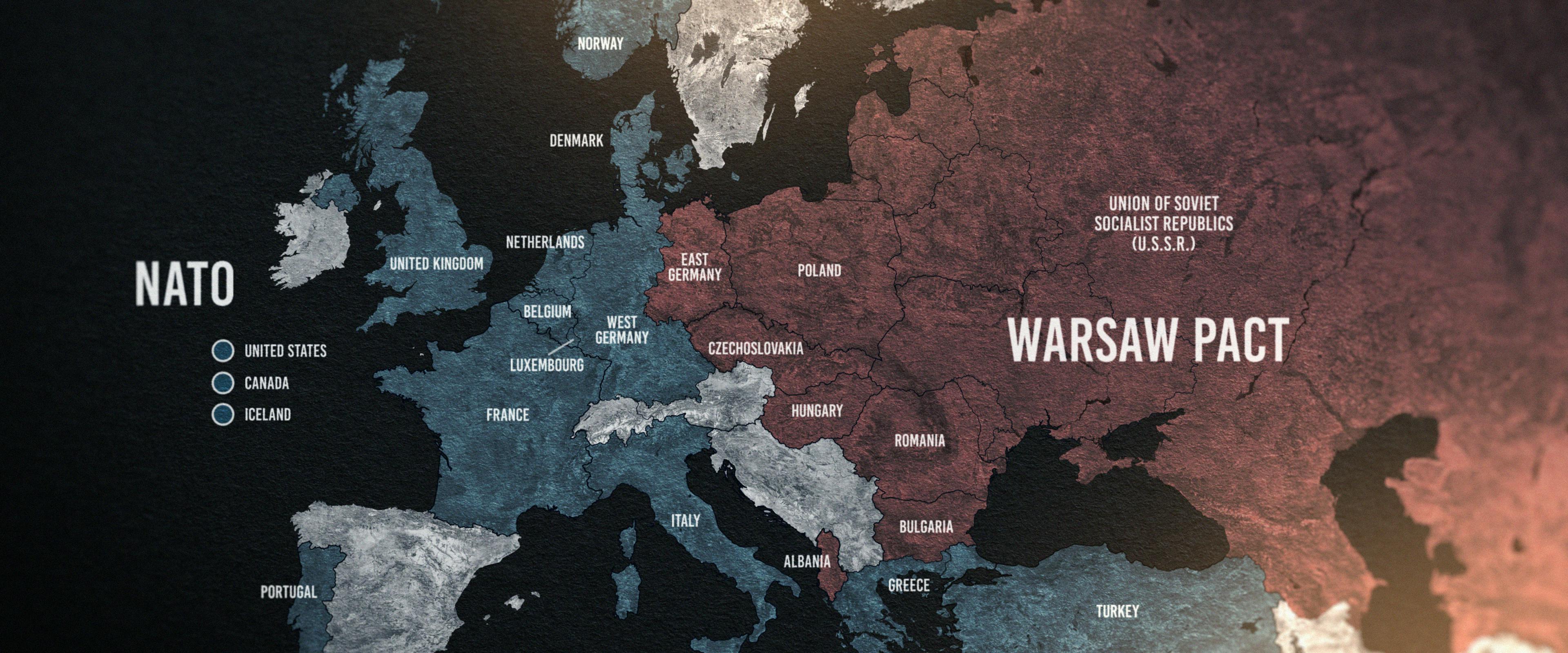
Understand the challenge
How do you compress such an expansive amount of data into such a condensed amount of time? Our first step: Learning. When presenting scientific and historical data, everything must be accurate. Through research, creative collaboration, and iterative refinement, we educated ourselves on decades of history to ensure everything we created would pass the most expert review. From a main title sequence filled with historical moments, to maps with ever-changing borders, as well as infographics explaining the chemistry of an atomic bomb and more, it was paramount to us that accuracy and design hold equal value.
The Main Title sequence
The Cold War: An intense time of geopolitical conflict, with global stability in a constant state of chilling and thawing. We wanted to represent this in the Main Title sequence with a freezing effect that overtakes historical imagery. From the creation of the nuclear bomb, through key moments in the decades-long tension between America and the Soviet Union, ending with the recent conflict in Ukraine, the sequence shows many important moments. Though it could have taken many forms with all the iconography of the era, through research and testing, we chose imagery that visually reflects the passage of time, and displays the thought-provoking content of the series. The entire sequence is encased in ice, though as history progresses, we leave the frozen past of WWII behind as the conflict re-escalates to become increasingly "hot" again. The ice begins to melt, water droplets form, the imagery becomes unlocked, and the weapons of war begin to reheat.

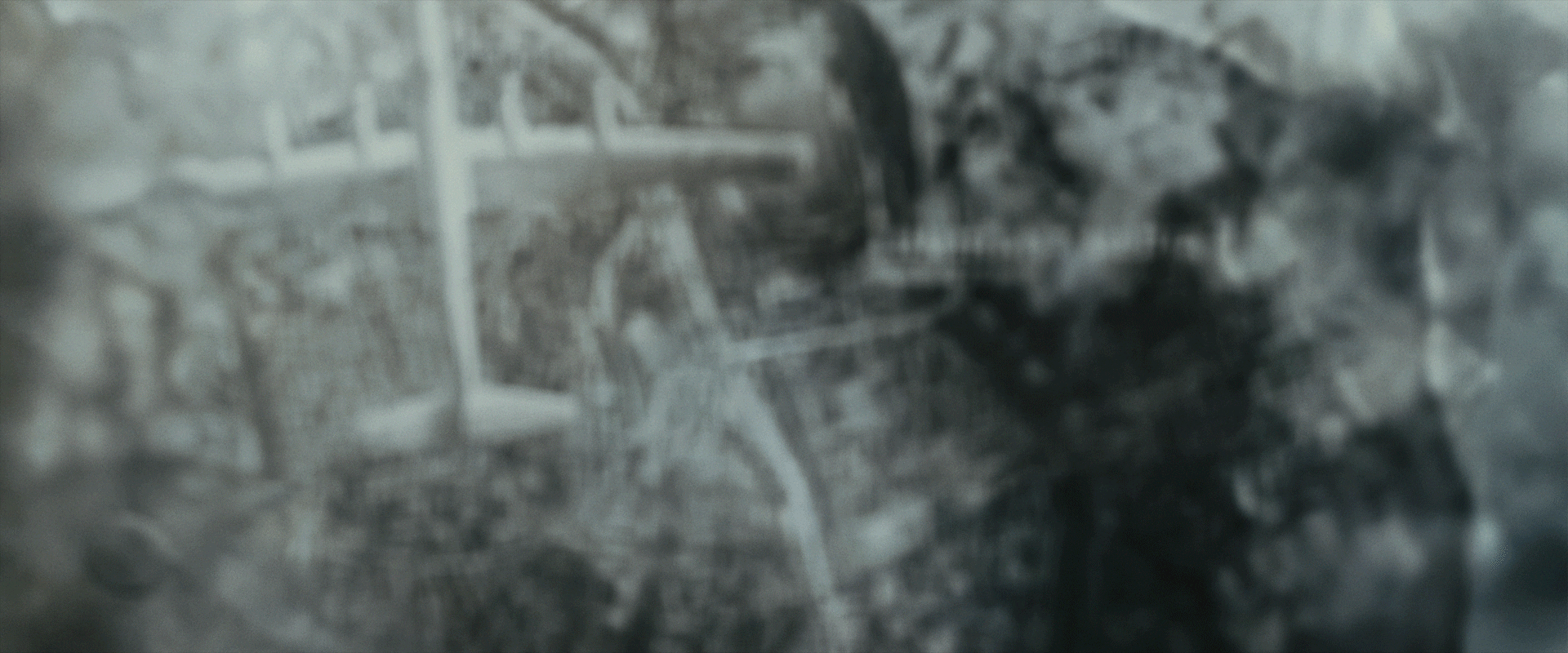







This project serves as a worthy reminder of the importance of experimentation. From freezing toy models in sheets of ice, to highly detailed computer generated ice simulations, and so many things in-between, whatever served the purpose of the narrative best won out.
– Lucas Christman, Creative Director
The ice effect, like the conflict, continually hardens and melts. We relied on a combination of practical and digital effects to accomplish this. For some shots, we broke out the camera, tripod, and ice trays and shot time-lapse of real objects freezing. This approach provided not only fully practical shots to use, but interesting layers to composite onto other imagery as well. (hello pile of toys on our desks!)



With the practical ice shots in place, we turned to computer-generated effects to help further the look where necessary. Developing this process ourselves, we tried many methods for digitally creating ice, but had to find a balance between achieving the effect and not overly obscuring the image underneath. While we tested a number of different methods for this technique, we quickly learned that the highly refractive nature of ice makes image distortion to photographs pinned under frozen cracks a fine-detail kind of job!

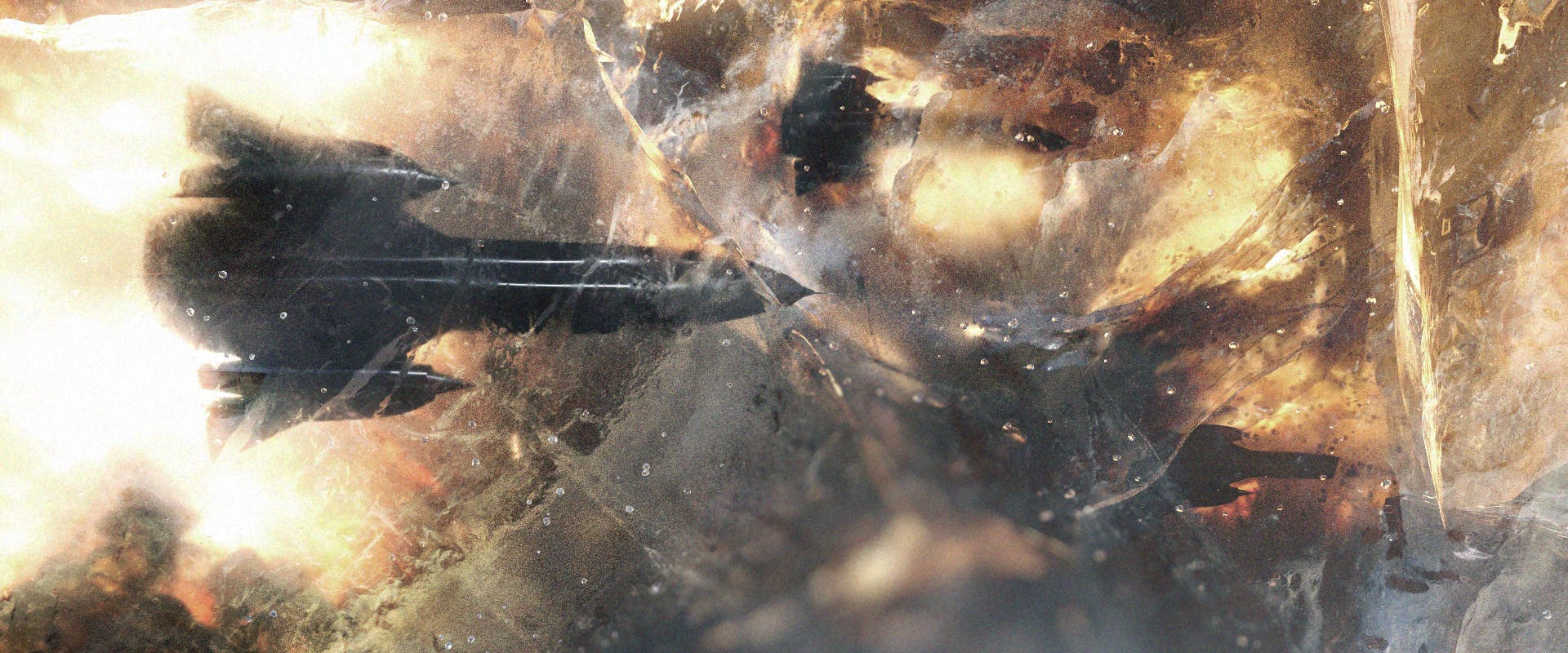
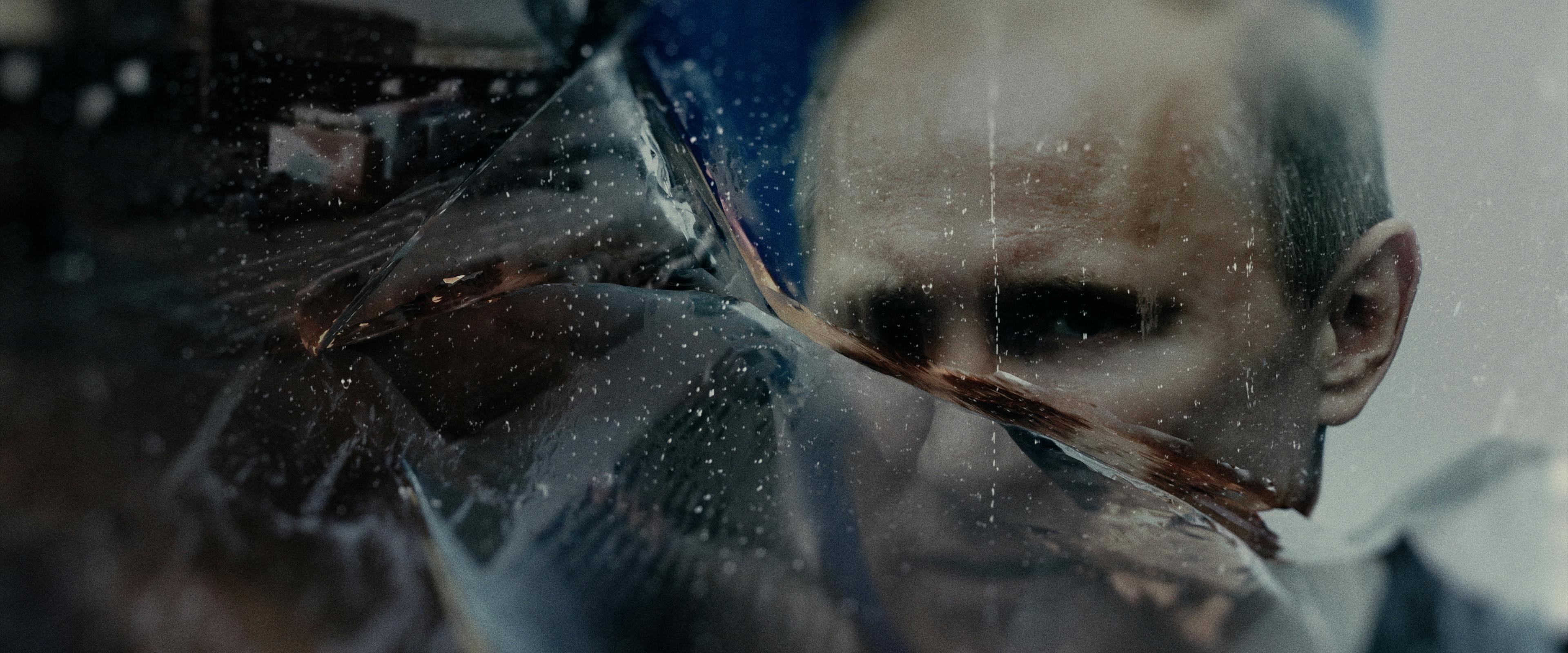
Camera movement became an additional focus, as we had to consider not only the important imagery being shown but also the characteristics of the ice itself. As seen below, early tests evolve as we learn how to best showcase important history, while also providing a dynamic and entertaining ice effect throughout.

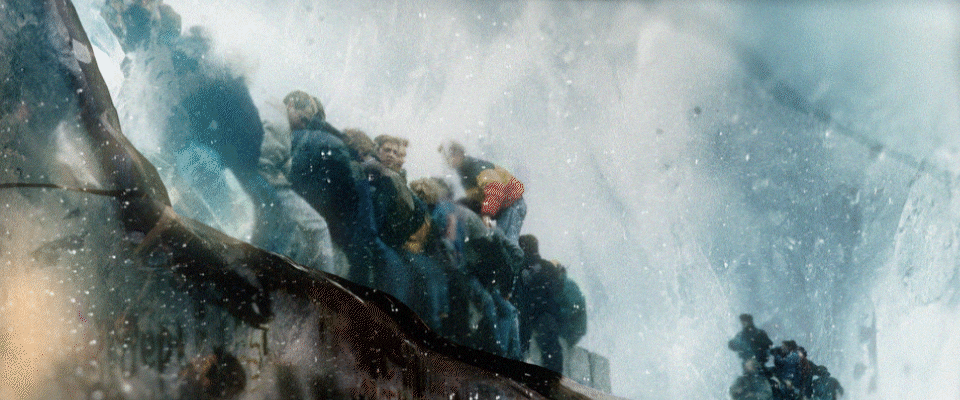

Every shot required a unique approach to achieve the look, and our in-house team of designers and animators crafted incredible custom ice housings for over 20 different on-screen moments, including the integration of credits.
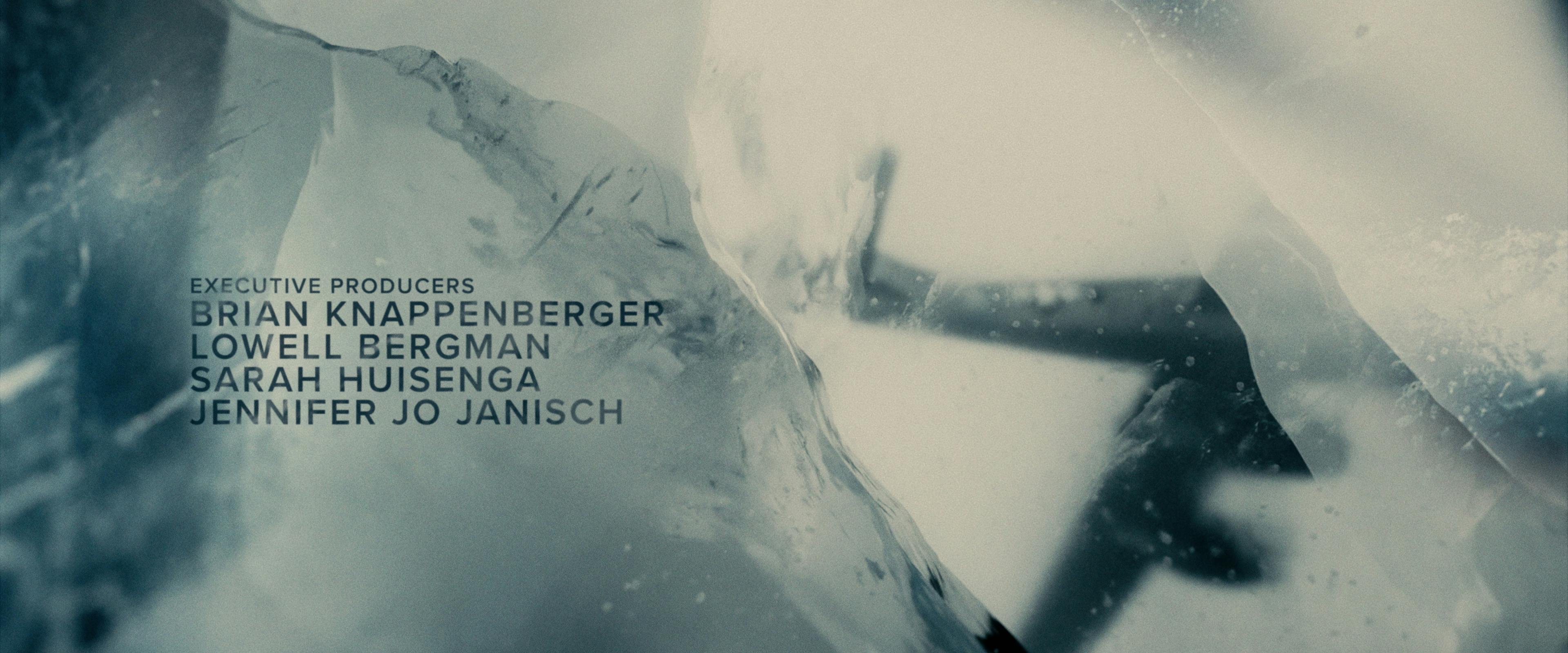


Episode Graphics
Under the guidance of Director Brian Knappenberger and the show’s post-production staff, we developed a toolbox of graphic mechanisms to be used throughout the series. Animated timelines, scientific and historical infographics, ever-changing maps, and articles from newspapers and online sources help move the viewer through an immense amount of information. In the early stages of design, we focused on uniformity by using consistent elements such as color, texture, and fonts throughout. In production, our animators and editors worked to make sure pacing and camera movement remained similar from shot to shot, and that all effect attributes were congruent.
This project not only gave us an opportunity to learn an incredible amount of history, but also pushed us creatively to design maps and infographics that bring that history to life in a clear and illuminating way.
– Caroline Kopesky, Art Director
Maps
Animated maps keep us grounded in the geographic reality of the conflict throughout the series. We also used these to show the ever-changing boundaries of a world at war, weapons capabilities, historical alliances, and more. Some of our favorite final map moments include…



Infographics
Infographics offer a deep dive into scientific and historical information that may otherwise be too complicated to depict. Below is a series of stills, progressing from initial testing, where we focused on the concept and timings, through second phase refinement, and into finals, when we added color and texture.
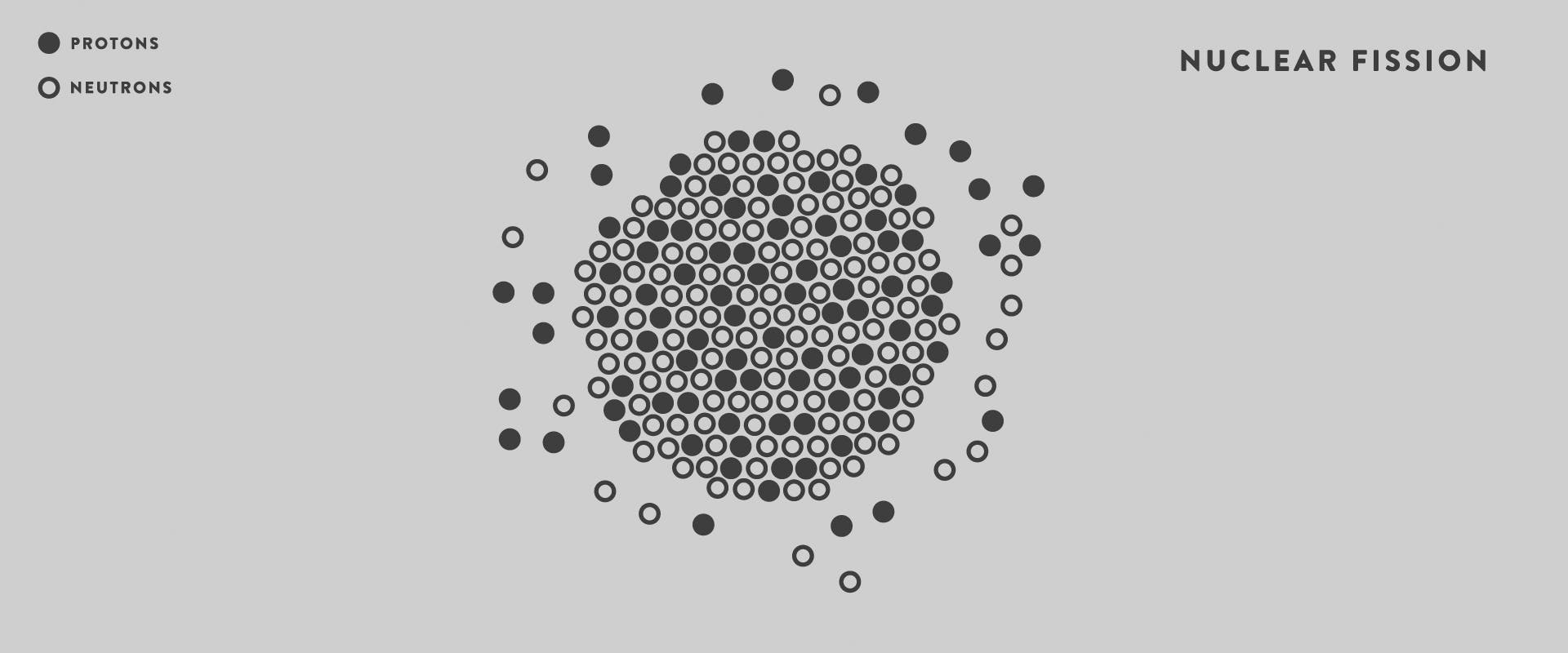
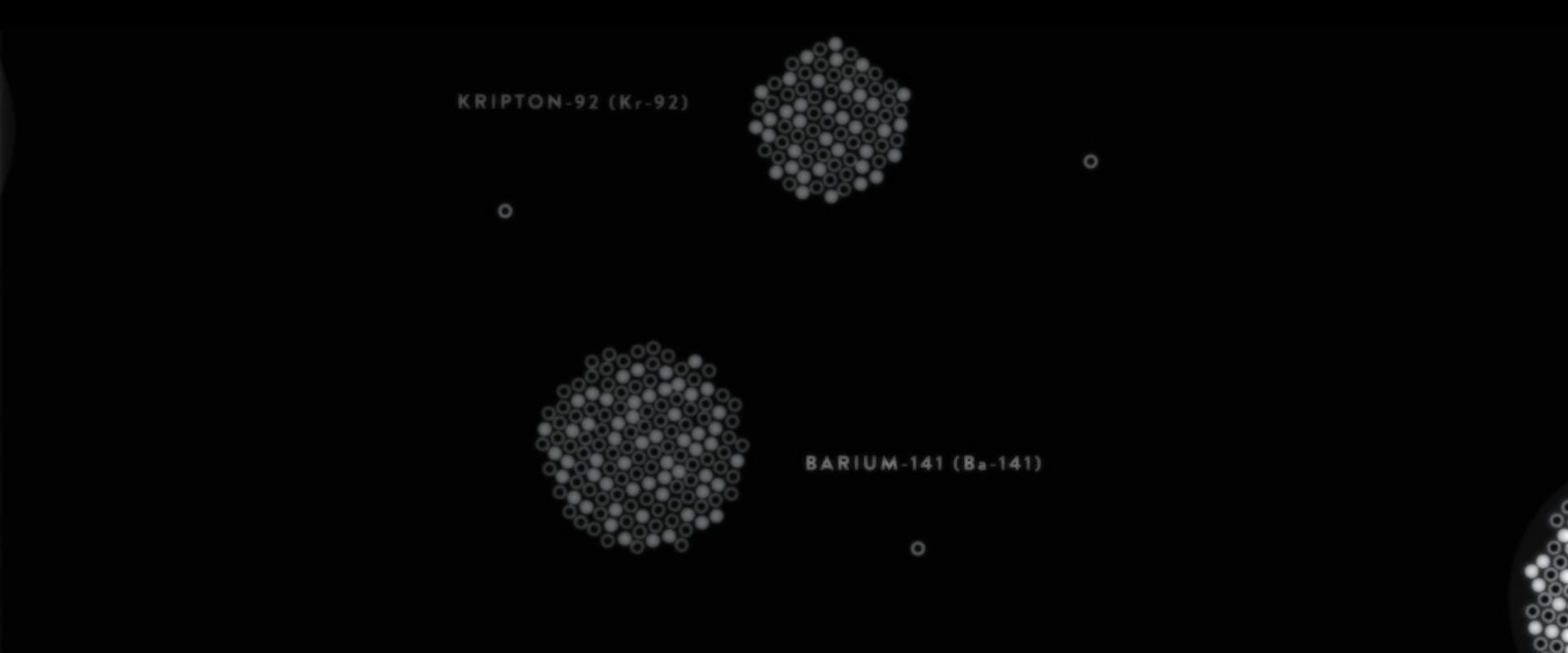
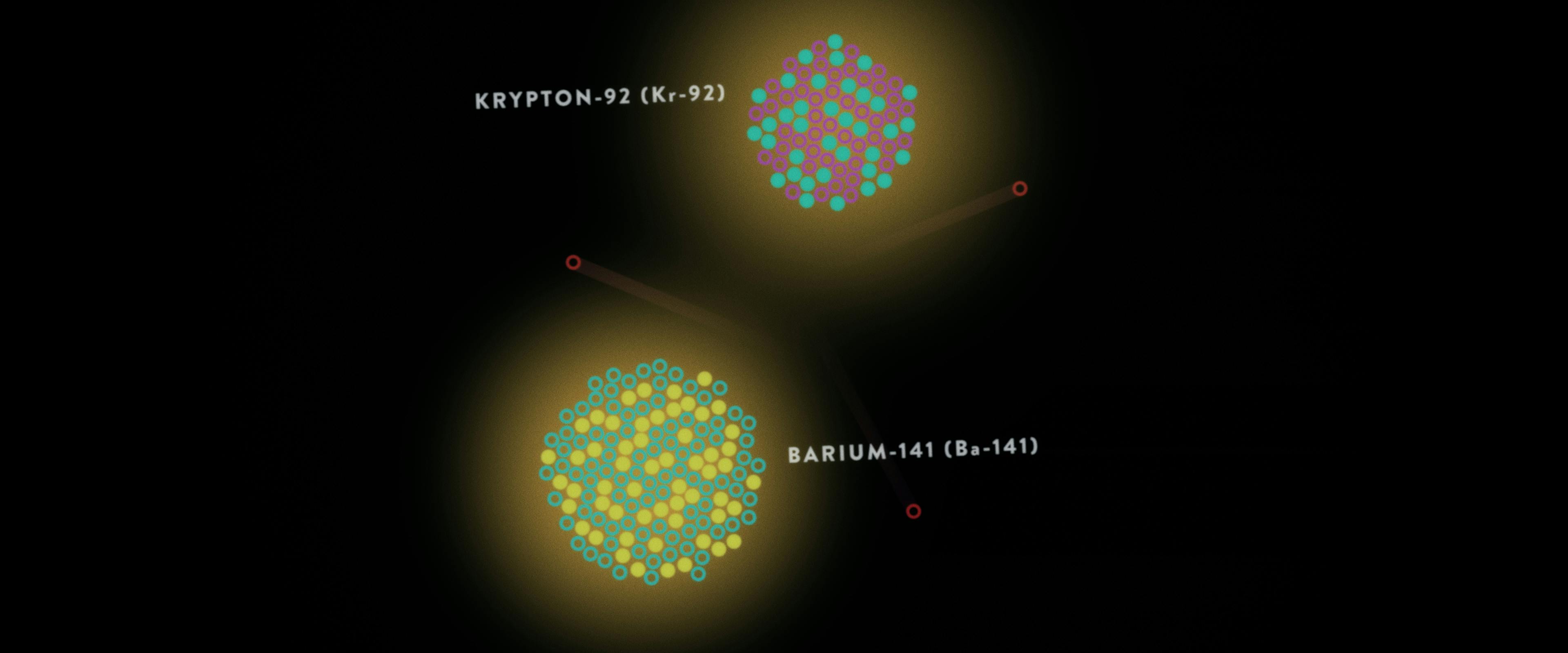



Timelines
Throughout the series, graphic timelines help us track Presidents, Soviet Leaders, and other global actors as the season spans multiple decades. Alongside our creative partners, we fine-tuned these to provide as much context and information as possible.
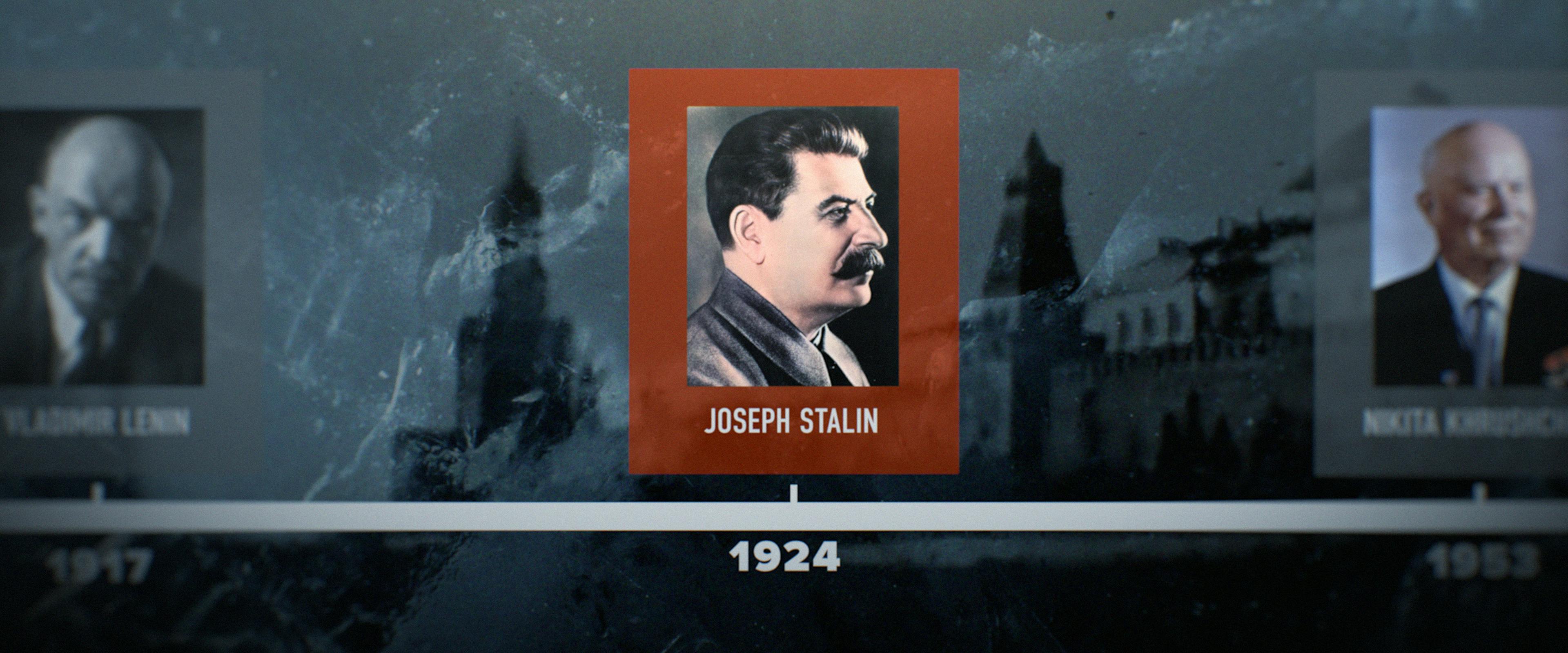


Articles
Articles, whether published in newspapers, magazines, or online outlets, pin historical instances to their moment in time, offering an account ripped right from when it happened.
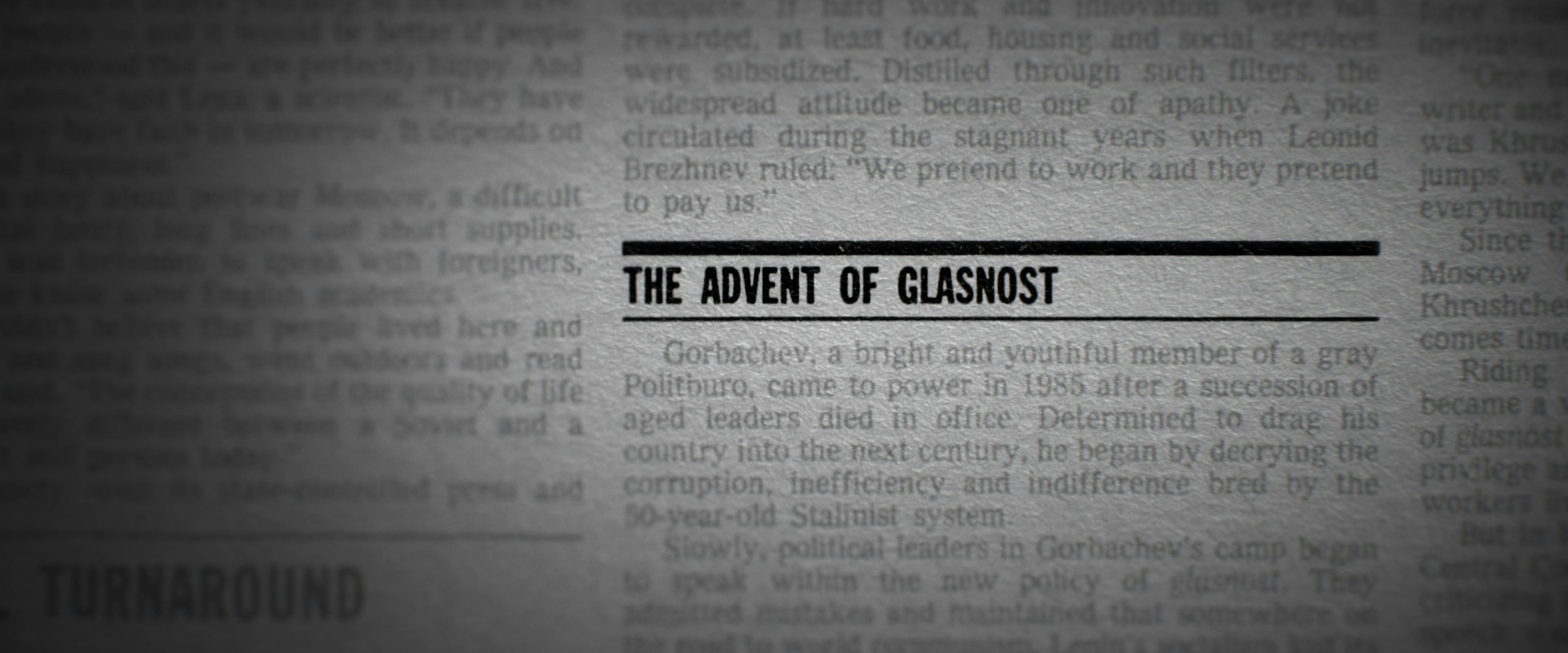
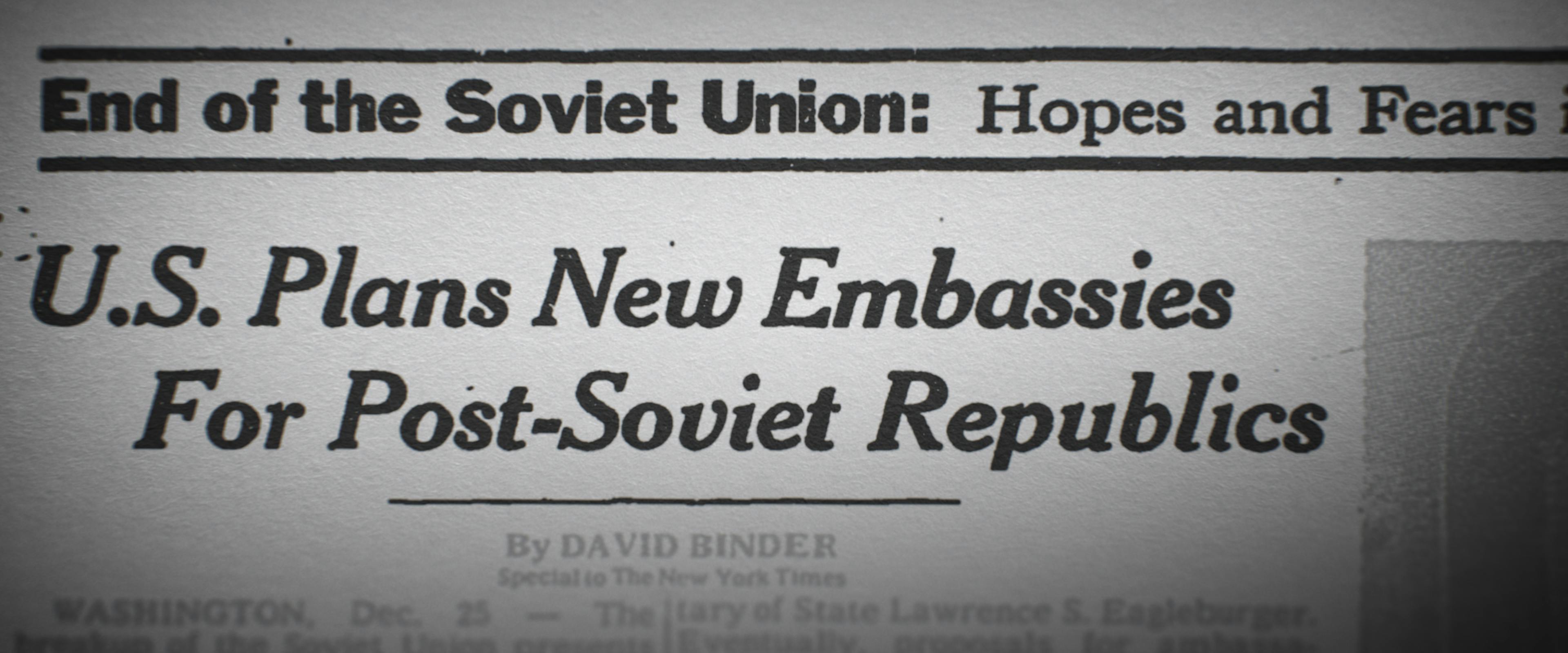

Documents
We presented or recreated letters, memos, and lists to highlight the tensions and negotiations at every stage of the Cold War.

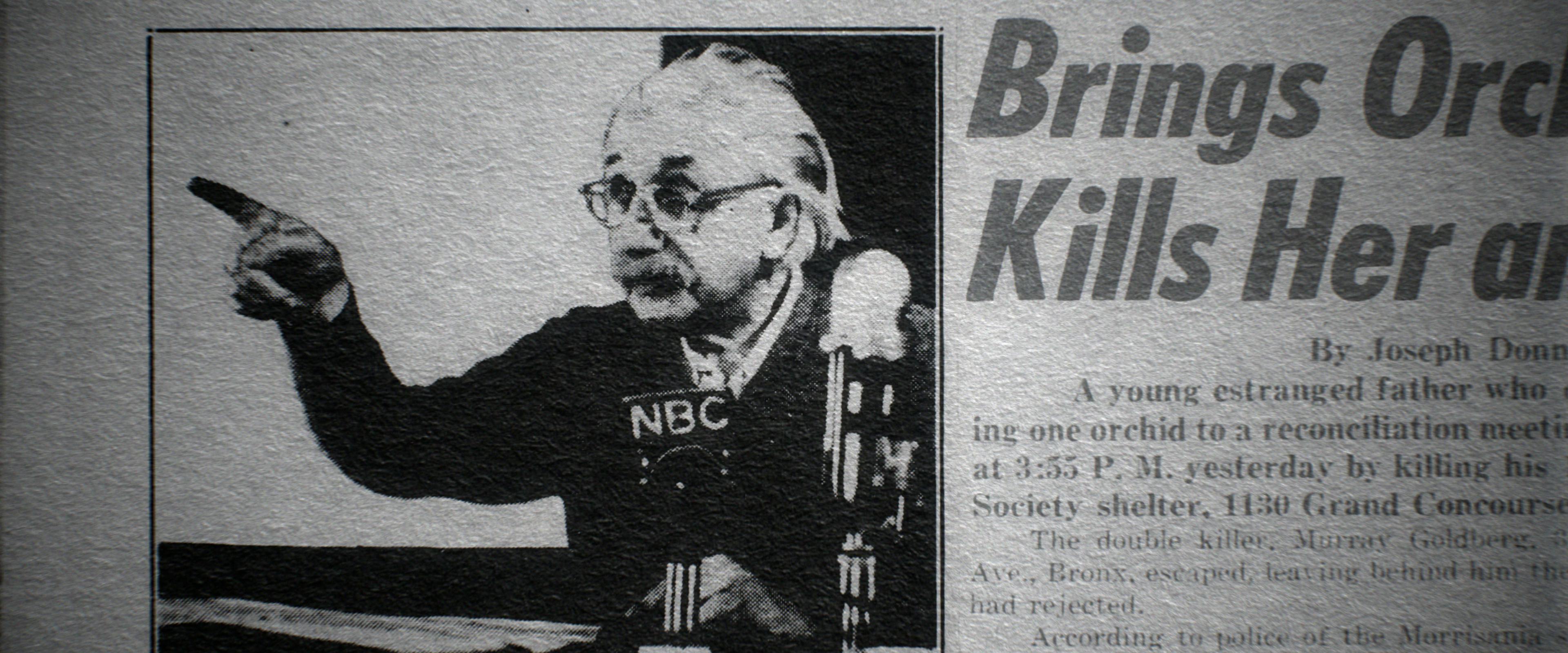
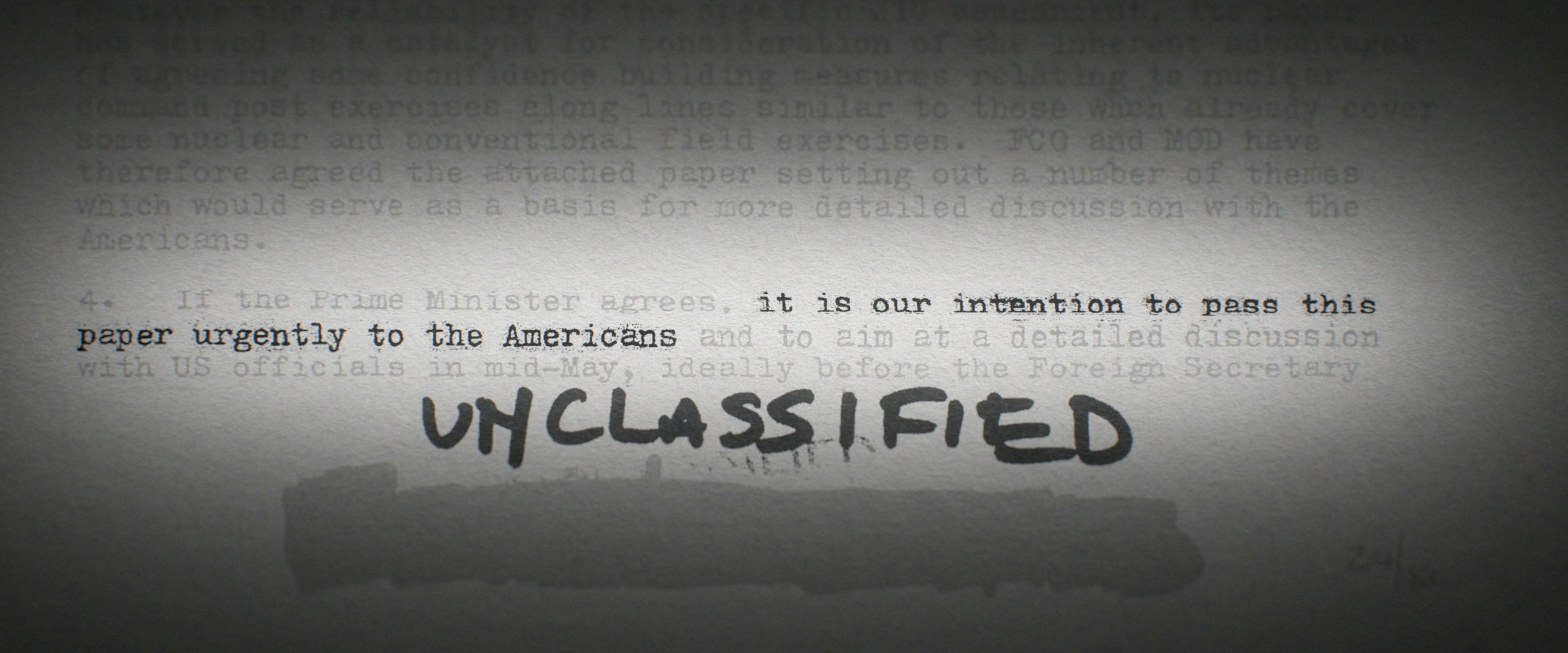
One for the History Books
In the end, Turning Point: The Bomb and the Cold War was a joint effort from every member of our staff, and our friend and collaborator Lisa Bolan. We QC’d almost as much as we learned, which was an incredible amount, including decades of history, the physics of melting ice, and how many toy action figures fit in our freezer. We’re grateful to all our partners whom we collaborated with along the way, and to all the untold stories of the soldiers and civilians who had to experience this history firsthand.
Be sure to check out the full series when you’re ready for a real Netflix and chill kind of weekend.







































